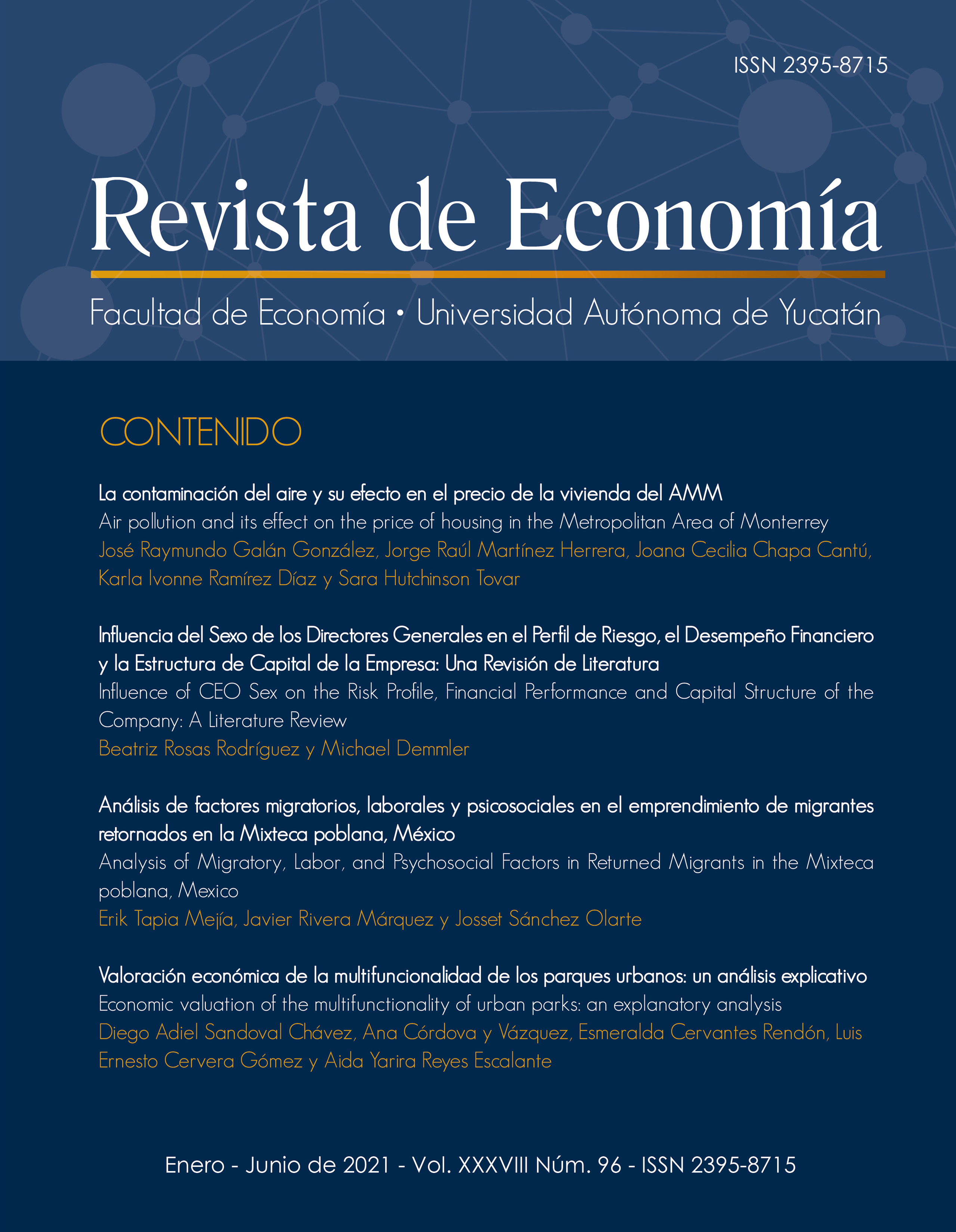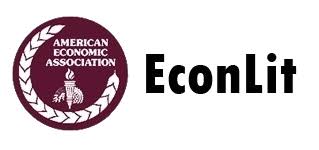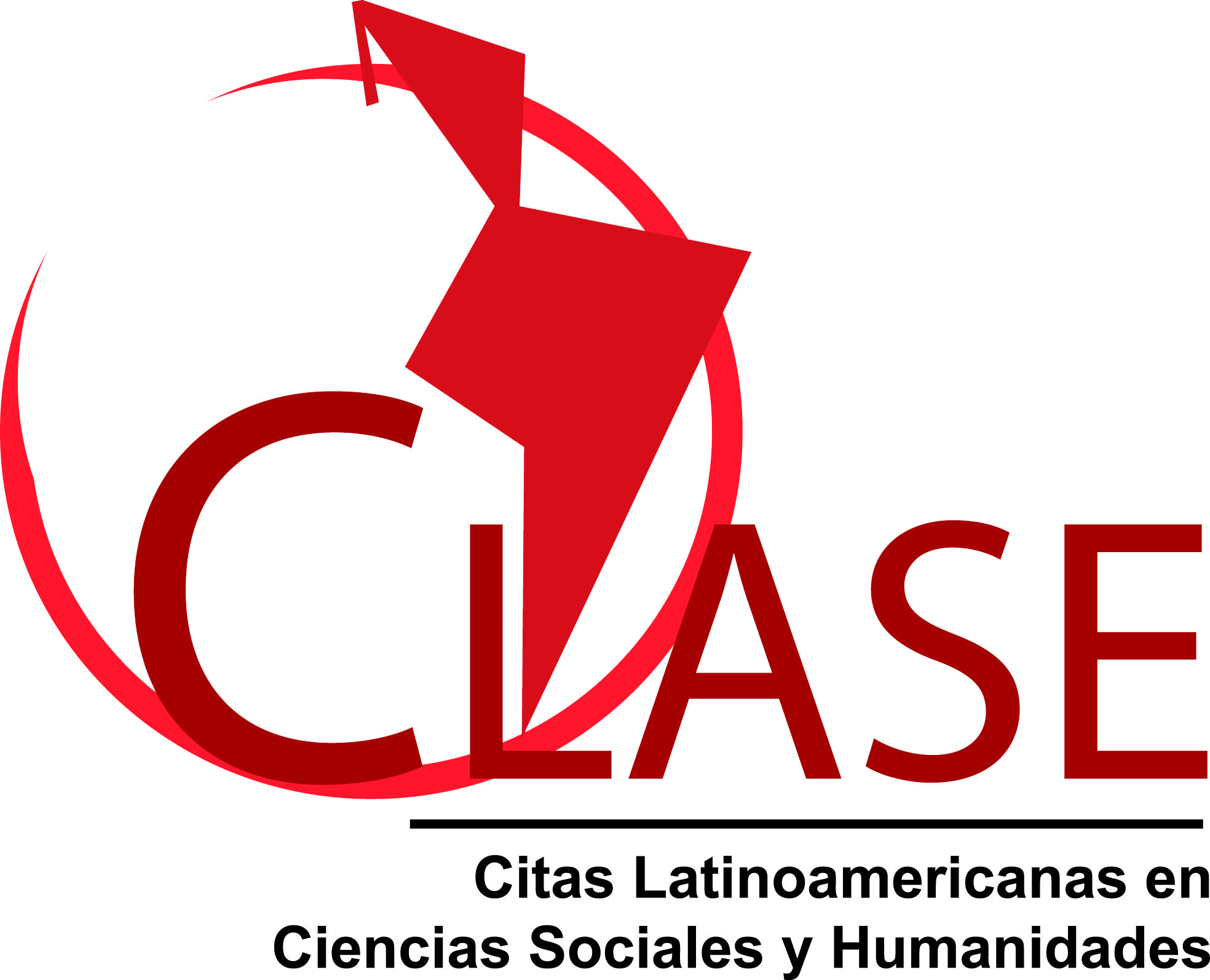Economic valuation of the multifunctionality of urban parks
An explanatory analysisexplanatory analysis
Abstract
Urban parks provide a great variety of environmental, social and economic benefits. The value of
these benefits is elusive and oftentimes studies overlook it. In a search for urban park economic
valuation-related papers in databases and search engines, an explanatory analysis of the overall
characteristics of the economic valuation models applicable to urban parks could not be found. The
objective of this work is to perform such an endeavor. By conducting an explanatory-descriptive
research, through a longitudinal study, 120 publications in the English and Spanish languages,
corresponding to a period of 57 years (1963-2020) were analyzed. Publications were categorized
in hedonic price model, travel cost model, and contingent value. For each of these three schemes
the subcategories primary theory, secondary theory, opinion, review and case study were also
considered. The aim was to analyze and understand the context and circumstances in which they
were conducted, and to evaluate their relevance, strengths, and weaknesses. This approach led
to realize what models are still in use and how they are adopted. The hedonic pricing model
using the semi-logarithmic regression format is the most widely used for valuation, mainly in the
United States and Europe. In can be concluded that the economic valuation of urban parks is a
subject of global interest due to its contribution to attain sustainability in the urban realm.
Copyright (c) 2021 Journal of Economics, Faculty of Economics, Autonomous University of Yucatan

This work is licensed under a Creative Commons Attribution-NonCommercial-ShareAlike 4.0 International License.
D.R. © Revista de Economía
The conditions that are required when granting the attribution license called CC -BY-NC-SA are the following:
1. The Universidad Autónoma de Yucatán must be clearly identified as the owner of the copyright of the original publication.
2. The material may not be used for commercial purposes.
3. Any derivative work must be published and distributed under the same open access license as the original publication.











